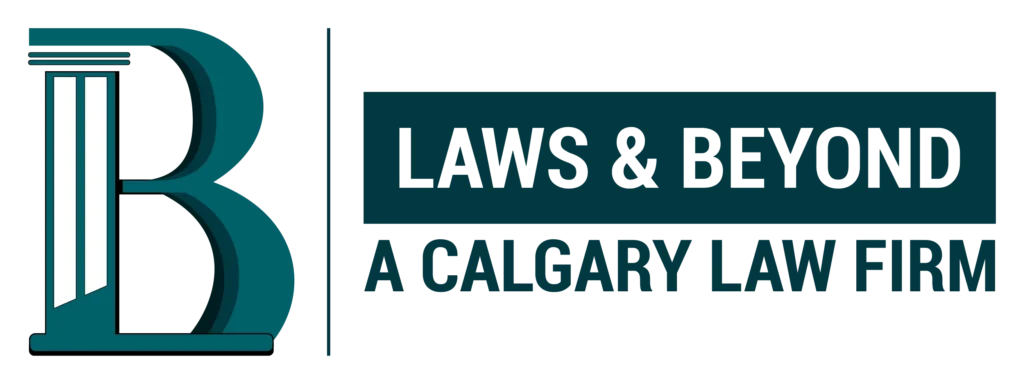Severance pay is essentially the money your employer pays you if you lose your employment through no fault of your own. Severance pays can also be made through other benefits known as severance agreements, severance packages, or retiring allowances.
This article will explain everything you need to know about severance pay in Canada.
How Much Can a Severance Pay Package Be Worth
There exists solid legislation on severance pay at the federal and provincial governments in Canada. In some instances, you might not be eligible for severance pay. For instance, employers who have only worked with the employer for only a short duration may not be eligible for severance pay.
To find out how much to expect from severance pay, you should consider reviewing documents outlining the terms of your employment contract, salary, and terms of dismissal. Other important documents in this regard include the employee handbook and the letter of offer you received before starting your job.
The amount of your severance pay will depend on the following factors:
● Your employment contracts
● The regulation in your province
● The reason for losing your job
● Bardal Factors, such as how long you have worked for your employer as mentioned below
● Any agreements signed after commencement of employment
The Canadian federal government has greater control over industries such as air transport and banking industries. Therefore, in addition to common laws, federal laws also dictate the amount of your severance package if you work in such industries.
How Employers Determine Severance Pay
Since severance pay varies depending on the industry, company size, time of service, and role, there is no exact amount of severance for each employee.
Generally, the employees are entitled to common law severance pay. The only time employees are not entitled to common law severance is if they have they have explicitly waived off their right to common law severance at commencement of employment, and therefore, would only be entitled to the statutory severance or some other termination notice stated in the employment agreement.
Common Law Severance Pay
Upon termination you will be entitled to common law termination notice or payment in lieu of notice, that can range from one month of severance up to two-four months’ severance depending on the Bardalfactors as mentioned below.
· Employee’s age at termination;
· Employee’s length of service;
· Employee’s salary;
· Employee’s character of employment;
· The availability of similar employment with similar position and compensation package; and
· Extenuating circumstances
There is no special formula or case law to determine severance and each case is evaluated by the employment lawyer at its own merits.
Statutory Severance
Pursuant to Alberta’s Employment Standards Code the bare minimum that is payable is follows:
· 90 days to 2 years of employment: one week of salary be paid in lieu of notice
· 2-4 years of employment: two weeks salary be paid in lieu of notice
· 4-6 years of employment: four weeks salary be paid in lieu of notice
· 6-8 years of employment: five weeks of salary be paid in lieu of notice
· 8-10 years of employment: six weeks of salary be paid in lieu of notice
· More than 10 years of employment: eight weeks of salary be paid in lieu of notice
Considering Your Severance Package Options
Before receiving your severance pay, you will need to sign an agreement with your employer entailing details of the severance package or pay. Be sure to read the severance terms carefully before signing it.
You can request your employer to grant you sufficient time to review the severance agreement. Consult an attorney if you have any concerns or questions. An experienced lawyer will also help explain the legal implication of the agreement’s terms.
Severance Agreements
The agreement needs to clearly state how much you will receive in severance pay. It should also create a distinction between your pension and your severance pay. Other agreement terms will bestow benefits, such as your employer helping you find another job.
For every benefit offered by an employer in a severance agreement, make sure that you comprehend the following:
● What your employer is willing to cover as part of the severance package
● What premiums or fees you will need to pay to get the coverage
● How long the coverage will last
How Will You Receive Your Severance Pay?
Your employer can decide to give you your severance pay in any of the following ways:
A salary continuance: This is where you continue to receive regular payments and benefits for a limited time after losing your job
Deferred payments: This happens when your employer agrees to pay your severance pay over a number of years
A lump sum amount: This is when your employer makes a single huge payment to cover everything in one go
In some instances, the employer can let you choose the preferred mode of payment from the options discussed above. How you get your severance pay can impact Employment Insurance (EI) benefit payments.
Paying Income Tax on Severance Pay
The law requires that you must pay income tax on your severance pay. How much you get to pay in taxes will depend on how your employer chooses to pay your severance pay. Usually, you will pay less if you get your severance pay in the form of a salary continuance compared to a lumpsum payment.
Taxation on Lumpsum Severance Payments
If you get paid severance as a lump sum amount, your employer is required to deduct income tax. The amount of the tax charge will depend on your province of residence and the payment amount.
However, the employers cannot deduct Canada Pension Plan (CPP) contributions, and Employment Insurance premiums from the lumpsum severance payment.
Taxation on Severance Pay Paid as a Salary
Severance pay paid as salary continuance means regular payments for a set period following the loss of your job. You will incur an income tax charge on this payment the same way you would on an employment salary.
The normal income tax deductions will apply. These include:
● CPP contributions
● EI premiums
Taxation on Income Tax on Deferred Severance Payments
Your employer can choose to spread your severance payment over two or more years. In such a case, you will pay income tax on the income made in a given year. Spreading the payment over many years can help lower the amount of income tax charged.
Contributing Severance Pay To RRSP
Another popular way to receive severance pay is by having your employer deposit a lump sum directly into your Registered Pension Plan (RPP) or Registered Retirement Savings Plan (RRSP). This approach is attractive for individuals close to retirement because it negates the requirement to pay income tax from your severance pay.




